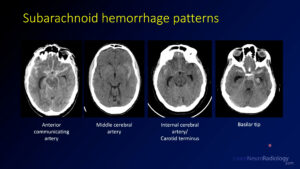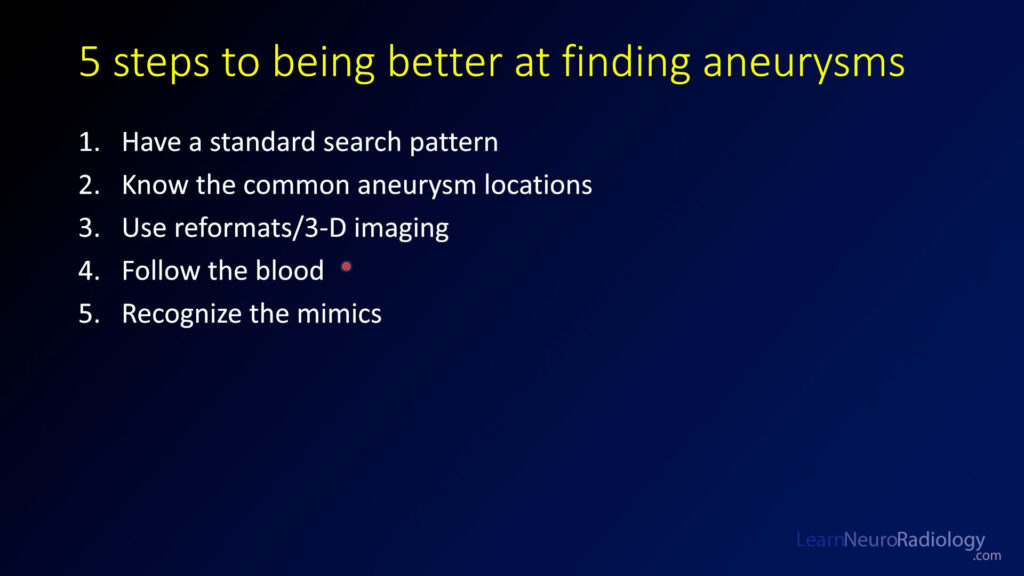How to read a Sinus CT
In this video, Dr. Katie Bailey gives us an overview of how to approach a CT of the sinuses, including an overview of anatomy, some common pathology, and red flags to look out for as you interpret the images.
Overview of sinus anatomy. There are 4 main sinuses, the maxillary, ethmoid, sphenoid, and frontal, which are both paired. The nasal cavity and orbits are also important structures to discuss.
Maxillary sinus. When evaluating the maxillary sinus, you should describe whether there is opacification, the appearance of the bony walls, and the outflow tract (the ostiomeatal complex).
Frontal sinus. The paired frontal sinuses should also be described in terms of aeration and bony walls. They drain through the frontoethmoid recess into the anterior ethmoid air cells.
Ethmoid air cells. There are anterior and posterior ethmoid air cells which can have mucosal thickening or opacification. The Haller cell is an important variant in which an ethmoid cell is found below the medial orbit that can contribute to obstruction. Ethmoid sinusitis can extend into the orbits and cause orbital cellulitis, an important complication.
Sphenoid sinus. The sphenoid sinus is posterior to the ethmoids and may have a fluid level, as it is a dependent sinus. The drainage is into the posterior ethmoids via the sphenoethmoid recess. Adjacent structures including the sella, internal carotid artery, and clivus can all be affected by sphenoid sinus disease.
Nasal cavity. Important features of the nasal cavity are the nasal septum, turbinates, and any potential polyps. An important variant is the concha bullosa, which is an aerated middle turbinate, which can contribute to sinus outflow obstruction.
Anatomic variants. Important anatomic variants can affect the optic canal, such as absence of the bone. The olfactory fossa can also have variants where the depth is greater or less. Keros is a classification used to describe how deep the olfactory fossa is. The vidian canal contains the vidian nerve and is best seen on the coronal images just above the pterygoid plates. It can be medially directed and run in the wall of the sphenoid sinus, which exposes it to injury. The carotid canal can be medially positioned and very close to the sphenoid sinus, also putting it at risk of injury. There are variants in the sphenoid septa, in which it attaches along one lateral wall rather than in the midline.
Red flags of sinus imaging. Abnormal soft tissue or stranding in the retromaxillary fat or pterygopalatine fossa is an important red flag which can signal invasive (possibly fungal) sinusitis. Similarly, stranding in the orbit can raise the possibility of invasive sinusitis. Another red flag is bony disruption, particularly along the sinus walls or in the nasal cavity.
Conclusion. Don’t forget to look at other things in the images, including the brain, sella, nasopharynx, mandible, teeth, orbits, and more.
Thanks for checking out this quick video on the internal auditory canal. Be sure to check out the additional videos on other
head and neck topics.
See this and other videos on our Youtube channel


